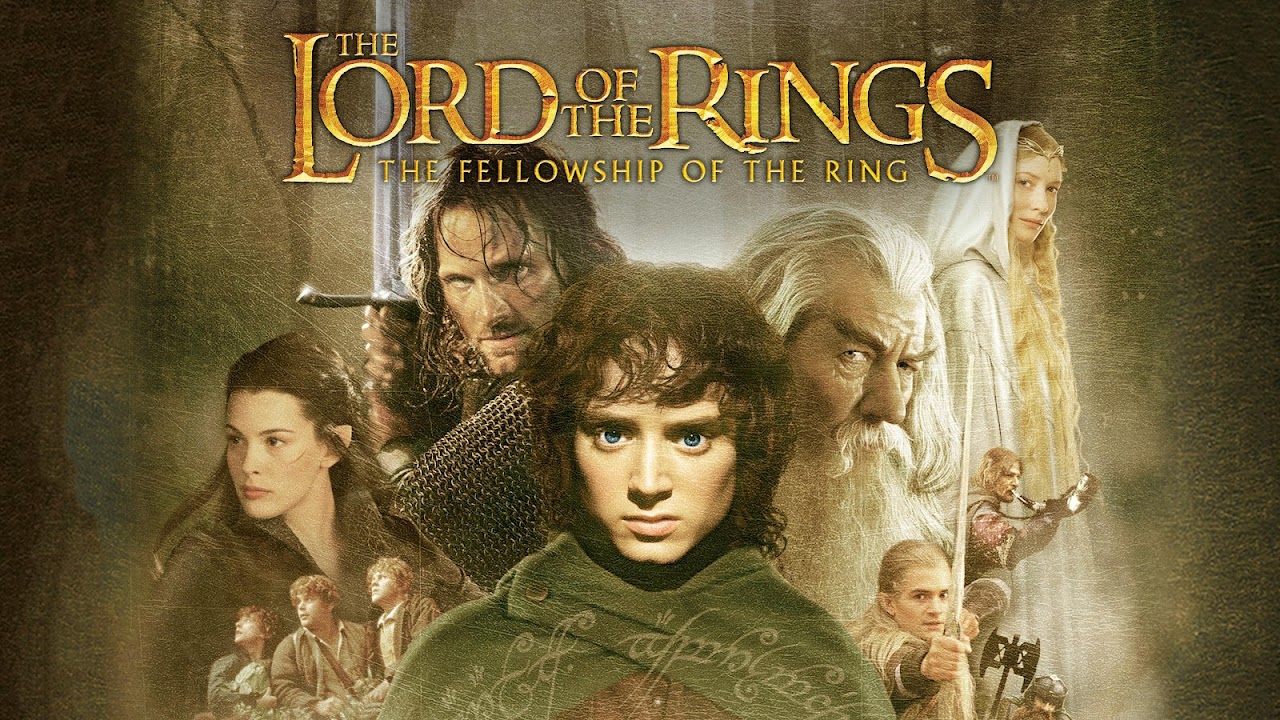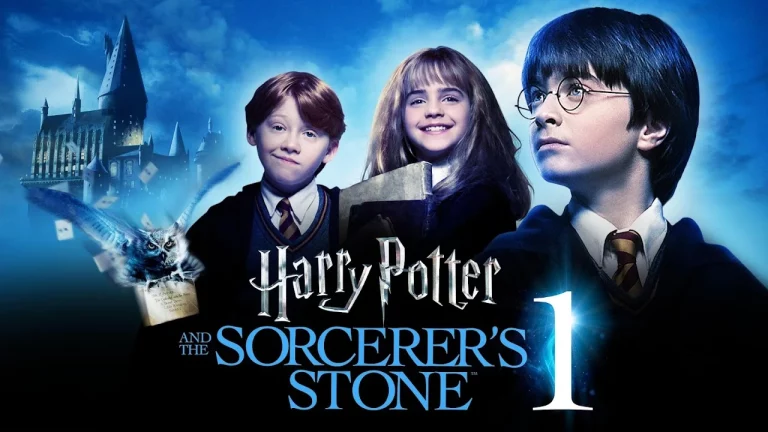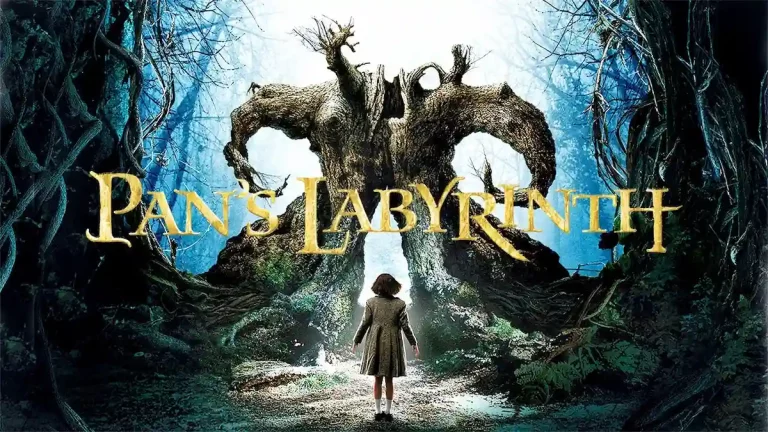The Lord of the Rings: The Fellowship of the Ring Movie Download
Often hailed as a milestone in high fantasy, The Lord of the Rings: The Fellowship of the Ring presents a world woven together by mythology, language, and diverse fictional species. The imaginative breadth of J.R.R. Tolkien, the author, extended far beyond the pages of his novel and even spurred the development of its dedicated field of study known as “Tolkienology”.
Published in 1954, The Fellowship of the Ring sets the stage for an epic saga that has sold over 150 million copies worldwide. The book intricately narrates the journey of a disparate group united to destroy a ring of power that threatens their world. The timeless themes of friendship, bravery, and sacrifice embedded in its narrative have rendered it an enduring classic worldwide.
Diving Into the Epic Journey: The Fellowship of The Ring
In fantasy literature, few works have left an impact as indelible as J.R.R Tolkien’s ‘The Lord of the Rings: The Fellowship of the Ring’. This initial instalment of the prodigious trilogy laid the groundwork for an epic tale of courage, friendship, and the ceaseless struggle between good and evil. Here, we will delve into various unique aspects of this fantastic novel, including its plot structure, characters, themes, and influence on popular culture.
Masterful Plot Structure
What is particularly remarkable about The Fellowship of the Ring is the intricate tapestry of its plot. The narrative unfolds in both a linear and a fragmented manner, simultaneously drawing the reader into the historical lore of Middle-earth while propelling the story forward. The nuanced transitions between different plotlines give a sense of a boundless world that extends beyond the immediate happenings of the story.
The genius of Tolkien lies not only in his ability to interweave various story arcs but also in his meticulous attention to detail. From the pastoral tranquillity of the Shire to the ominous shadow of Mordor, each region is illustrated with breathtaking precision. The author leaves nothing to chance, carefully constructing a comprehensive backstory that spans millennia.
A striking characteristic is the parallelism of plot development. As Frodo’s journey intensifies, so does the reader’s understanding and appreciation of Middle-earth. This technique is a testament to Tolkien’s incredible skill as a storyteller, progressively revealing the richness and complexity of his world while keeping the reader anchored to the narrative.
Underlying the main plot structure is the history and tradition of linguistic construction. Every race, from the Elves to the Dwarves, has its distinct language and script, carefully constructed by Tolkien, a professional philologist. For instance, the Elvish tongue, often interspersed throughout the narrative, is incredibly sophisticated in its grammar and vocabulary.
Unforgettable Characters
One of the most enduring aspects of ‘The Lord of the Rings: The Fellowship of the Ring’ is its unforgettable characters. From hobbits to wizards, each character is meticulously crafted, with their histories, motivations, and roles in the incredible story of Middle-earth. Characters like Frodo and Sam, Bilbo and Gandalf, can only be remembered.
Frodo Baggins stands out as the unlikely hero of the story. Initially, he appears just another hobbit, content to live a peaceful life in the Shire. But as the story unfolds, we see him stand up to unimaginable challenges with courage and resilience despite his humble origins. His character is a constant reminder of the extraordinary courage that can be found in the most unlikely of heroes.
Gandalf, the wise and mysterious wizard, is another character worthy of note. As the driving force behind much of the plot, his wisdom and understanding of Middle-earth are indispensable. He is a guide, a mentor, and a beacon of hope to the Fellowship. Gandalf’s character embodies the idea that wisdom and knowledge are crucial weapons in the fight against evil.
The “Fellowship of the Ring,” a group assembled to protect Frodo and ensure the Ring reaches Mordor, comprises distinct individuals from various races of Middle-earth. This motley crew of characters underscores the theme of unity and collaboration. Their diverse backgrounds and experiences contribute to the overall richness of the story and make the theme of friendship and loyalty more palpable.
Influence on the Fantasy Genre and Popular Culture
‘The Lord of the Rings: The Fellowship of the Ring’ has wielded an unparalleled influence on popular culture and the genre of fantasy literature. With its complex history, cultures, and languages, Tolkien’s Middle-earth set a gold standard for world-building in the genre.
Many elements from the book, such as the concept of a quest, an unlikely hero, an ensemble of characters from different backgrounds, and the pure evil adversary, have become staples in the fantasy genre. Some see Tolkien’s work as the blueprint for modern high fantasy.
In the realm of popular culture, the impact of ‘The Fellowship of the Ring’ and its subsequent volumes is undeniable. The trilogy has been translated into multiple languages, adapted into beloved films, and inspired by video games, artwork, and music. Its characters, quotes, and plot have permeated the collective consciousness, forming a significant part of the cultural zeitgeist.
Experiencing Middle-earth through Language and Song
While the world-building, characters, themes, and impact of ‘The Lord of the Rings: The Fellowship of the Ring’ are all essential aspects, we must pay attention to Tolkien’s unique use of language and song to enhance the Middle-earth experience.
Language in Middle-earth
Tolkien was a linguist and philologist by profession, and his passion for language is evident in his work. He constructed the Elvish language, Sindarin, with intense detail. He even developed a unique script, the Tengwar, for the Elvish language.
The use of language deepens the audience’s connection with the different races of Middle-earth. This depth increases the world’s complexity and believability. Through its diverse languages and scripts, the reader is truly immersed in the world and its culture.
Tolkien’s use of ancient and fictitious languages aids in illustrating the deep history of Middle-earth. Each race’s language portrays its history, status, and connection with the world around them. For example, the primitive Black Speech of Mordor associates the Orcs with darkness and evil.
The use of Old English for the language of the Riders of Rohan is another testament to Tolkien’s linguistic prowess. Rohirric, as it is called in the book, helps to anchor Rohan’s culture within a context of nobility and chivalry reminiscent of Anglo-Saxon England.
The Role of Song and Poetry
The inclusion of songs and poetry in ‘The Fellowship of the Ring’ serves multiple purposes. They add depth and colour to the story and serve as tools for exposition and characterization.
Many songs encapsulate critical histories or legends of Middle-earth, establishing a sense of time and continuity within the narrative. They often feel like ancient ballads passed down through generations. An example is the “Fall of Gil-galad”, which encapsulates a significant historical event that isn’t detailed elsewhere in the narrative. Such other elements contribute to making the textual universe seem real and lived-in.
Songs and poetry also serve as character-building tools. From Bilbo’s whimsical “Roads Go Ever On” to Tom Bombadil’s eccentric rhymes, each character’s distinctive style reflects their personality and culture.
Envisioning Middle-earth: Visual Descriptions
Another factor greatly enhancing the Middle-earth experience in The Fellowship of the Ring is Tolkien’s masterful visual descriptions. These vivid portrayals breathe life into the setting, transporting readers into the heart of Middle-earth.
Each environment is meticulously described, from the peaceful, idyllic Shire with its green fields and cosy hobbit holes to Mordor’s treacherous, forbidding landscapes. Tolkien’s narrative paints visuals so clearly that readers can almost smell the blooming flowers of Rivendell or hear the distant rumble of Mount Doom.
Even ordinary objects, such as Bilbo’s pipe or Frodo’s sword Sting, are enriched with story and significance through detailed descriptions. These solid visual elements are a significant reason the text translates well to film and other visual media.
Narrative Style: A Balance of Light and Dark
One of the significant strengths of ‘The Fellowship of the Ring’ is its ability to balance moments of light-hearted adventure with profound, darker themes. The narrative style shifts deftly between humour, suspense, terror, and melancholy.
The innocent merriment of the hobbits in the Shire, their comedic interactions and their quaint mannerisms starkly contrast the grave trials they face on their journey. These elements of humour, mixed with rustic charm, help to ground the hobbits and their struggle in something relatable for the reader.
While the book deals heavily with fantasy elements, it does not shy away from the harsh realities of war, sacrifice, and struggle. The emotional depth and resilience displayed by the characters in the face of adversity resonate powerfully with readers, making the story as much an exploration of human nature as it is a fantasy adventure.
‘The Lord of the Rings: The Fellowship of the Ring’ is far more than just a book—it is an immersive experience that reaches and grabs hold of its readers, inviting them to lose themselves in the richly detailed world of Middle-earth. Its multi-layered plot, unforgettable characters, profound themes, and beautifully crafted language testify to J.R.R. Tolkien’s immeasurable creativity and storytelling prowess, influencing generations of readers and writers alike. It is no wonder that more than half a century later, the fascination with this extraordinary tale of friendship, courage, and resilience continues unabated.
First Instalment of the Lord of the Rings Series
“The Fellowship of the Ring” is the opening instalment in the epic fantasy trilogy: “The Lord of the Rings” by the renowned author J.R.R. Tolkien. This literary masterpiece, published in 1954, takes us on a fascinating journey through an intricate world filled with hobbits, wizards, and mythical creatures.
Inception of an Epic Journey
Guided by Gandalf the Wizard, young hobbit Frodo Baggins sets out on a daunting assignment: to destroy the One Ring in the fires of Mount Doom, where it was forged. Embarking on this momentous task with him is a cohort of eight companions, collectively known as the Fellowship of the Ring, and thus begins a legendary adventure.
Frequently Asked Questions
Delve into the lore of Middle Earth, the prominent characters, and the unforgettable journey of “The Lord of the Rings: The Fellowship of the Ring”. Here are some frequently asked questions about the first novel in J.R.R. Tolkien’s epic trilogy.
1. Who are the main characters in “The Lord of the Rings: The Fellowship of the Ring”?
“The Fellowship of the Ring” is led by nine prominent characters. They include Frodo Baggins, the hobbit entrusted with the deadly Ring of power. Alongside Frodo, the party consists of his hobbit companions Sam, Merry, and Pippin.
Gandalf the Grey, a wise and powerful wizard, guides them. Aragorn, the rightful king of Gondor; Boromir, a brave warrior of Gondor; the elf-prince Legolas; and the dwarf Gimli, comprise the diverse entourage. These individuals form the Fellowship of the Ring.
2. What roles does Frodo play in “The Fellowship of the Ring”?
Frodo Baggins is the protagonist of the series. He plays the role of the Ring-bearer, tasked to carry the One Ring to Mordor.
Despite facing unimaginable perils, his resilience, bravery, and purity prevent him from succumbing to the Ring’s corrupting power. He constantly battles internal and external forces to fulfil his monumental task.
3. What is the significance of the Fellowship in the story?
The Fellowship of the RingRing embodies unity and resilience amidst the diversity of Middle-earth’s races. It notably comprises representatives from the human, hobbit, dwarf, and elf races. This symbolizes a united front against Sauron’s rising dark power.
Besides, the Fellowship’s journey illustrates the themes of camaraderie, loyalty, sacrifice, and the enduring struggle between good and evil. Through their ongoing battles and interactions, the dynamics within the Fellowship further enrich the plot.
4. How does “The Fellowship of the Ring” kick start “The Lord of the Rings” Trilogy?
The Fellowship of the Ring” sets the stage for the trilogy. It introduces us to the rich world of Middle-earth, its diverse races, cultures, and politics. The quest to destroy the One Ring, the central hook of the plot, is also instigated in this novel.
Crucially, the novel establishes the key characters and their motivations, which drive the overarching narrative. It vividly sets up the impending conflicts, laying the foundation for the subsequent books, “The Two Towers” and “The Return of the King”.
5. How does “The Fellowship of the Ring” explore the theme of good vs. evil?
The theme of good versus evil permeates the story on various levels. On the surface level, it is the struggle between the forces of Sauron (evil) and the races of Middle Earth (sound). The One Ring also symbolizes this perpetual struggle, possessing inherently evil power that corrupts those who bear it.
At a deeper level, it’s about the characters’ journeys in dealing with their inner demons. Characters like Frodo and Boromir, who battle the evil influence of the Ring while seeking to do righteous deeds, display the internal conflict between good and evil.



